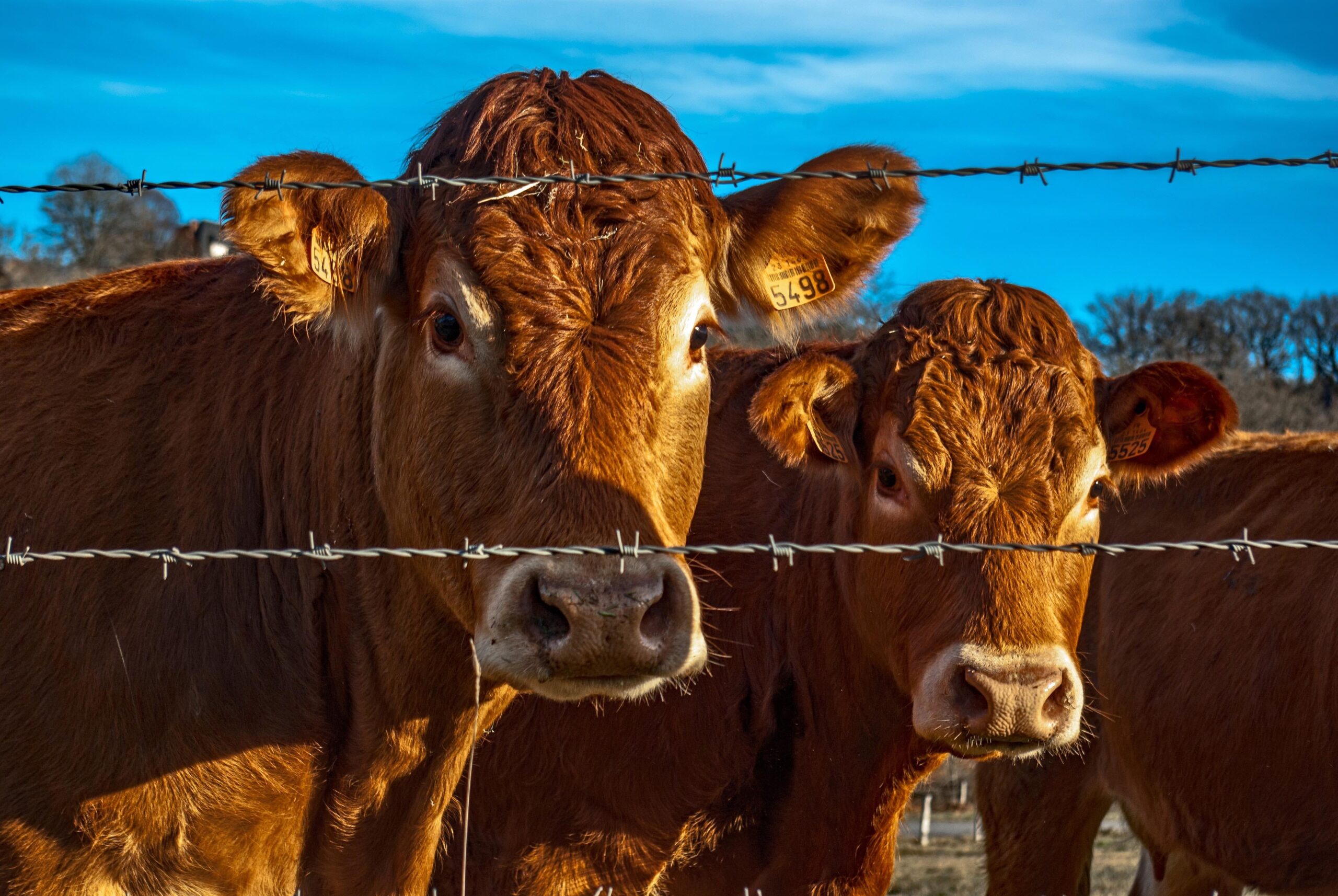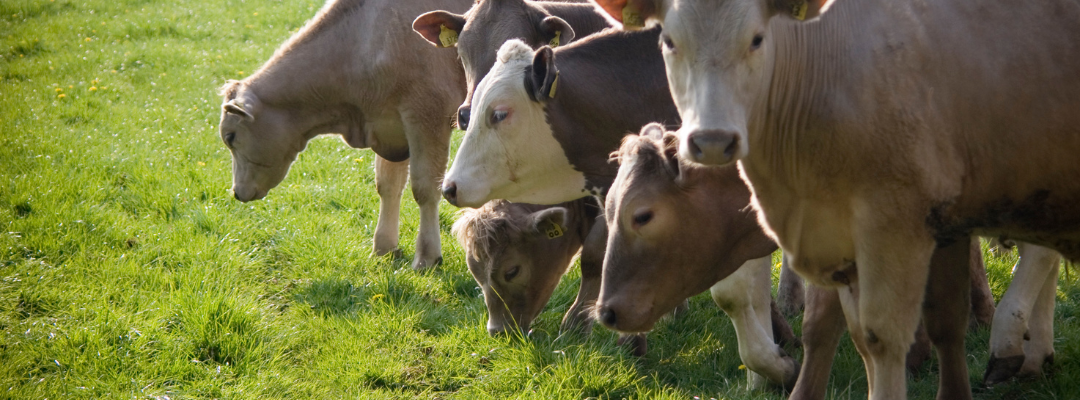USDA released the latest monthly cattle on feed report on Friday, the 22nd after anticipation about how much higher February placements would be compared to January placements. February placements (cattle entering the feedlot) were 10 percent higher than a year ago and 5.5 percent higher than cattle placed in January 2024. Several factors played a role in this increase such as harsh winter conditions early in the year making for unfavorable pen conditions for cattle in January, an extra day in February due to it being a leap year, and record high cattle prices incentivizing producers to sell cattle.
Prices for 450-500 pound steers in Florida are 46.8 percent higher than a year ago and prices for heifers of the same weight are 41 percent higher. Recent high calf prices have encouraged selling heifers, expecially by those with hay bills to pay from feeding through much of last year. But, the growing expectation of even higher prices to come will encourage holding heifers to expand cow herds.
However, the increase in cattle on feed, specifically heifers, is a short-term situation. Heifers and cull cows entering feedlots and packing plants are directly contributing to beef production now, rather than being bred so they could indirectly contribute to beef production through their offspring later. The result is that cattle supplies will become even more limited than they are now and will affect long-term beef production in the coming years. This outcome can already be seen by calculating feeder cattle supply (the number of calves outside of feedlots) from the Cattle Inventory report using the following formula: (number of heifers not intented for replacement (other) + steers >500 pounds + calves <500 pounds) – cattle on feed. As of January 2024, feeder cattle supplies total at 24.2 million head, down 9 percent since the last herd peak in 2019 and the smallest since 1972 according to available data. Feedlots will soon not be able to continue maintaining current inventory levels.


Baker, Hannah. “The Now and Later of Feedlot Inventories.” Southern Ag Today 4(14.2). April 2, 2024. Permalink














